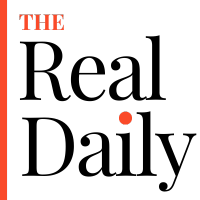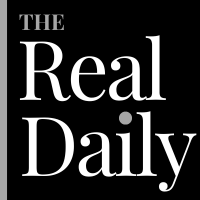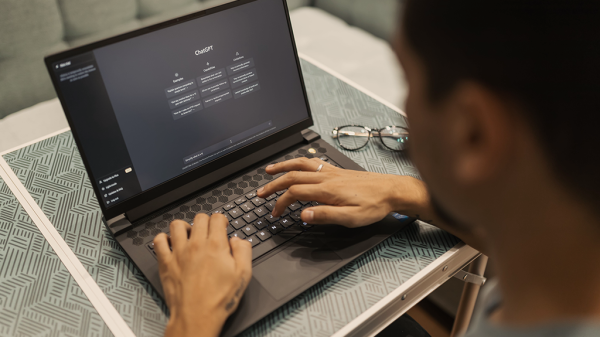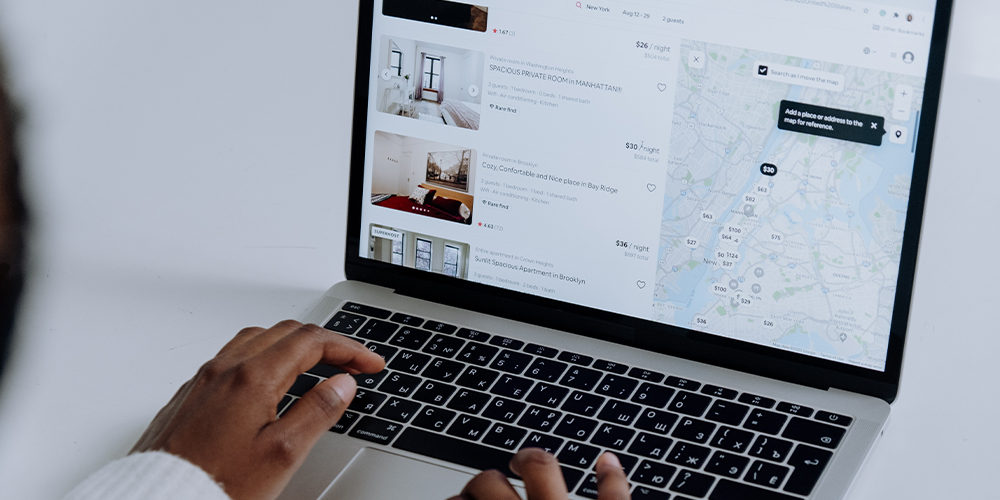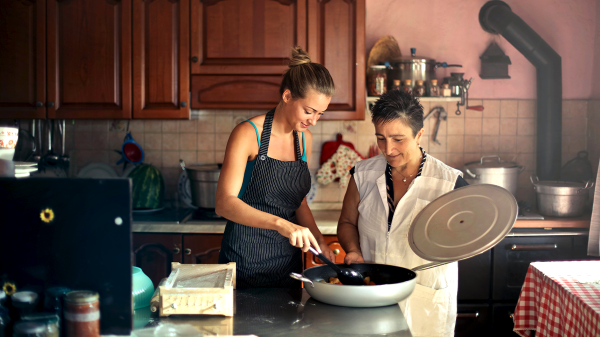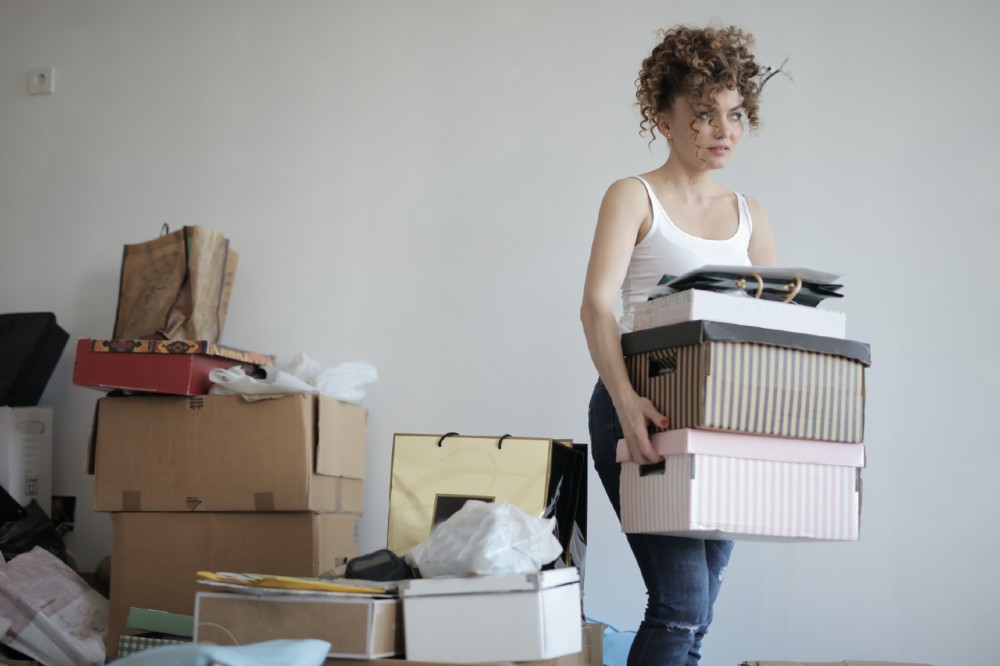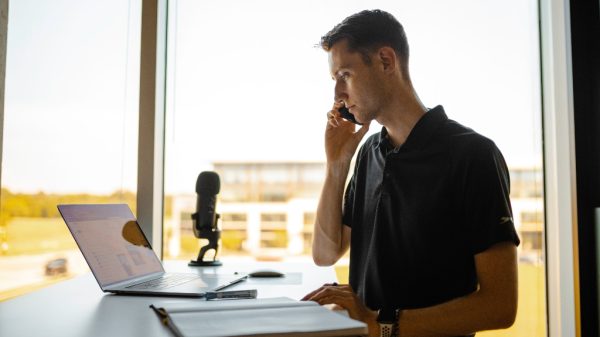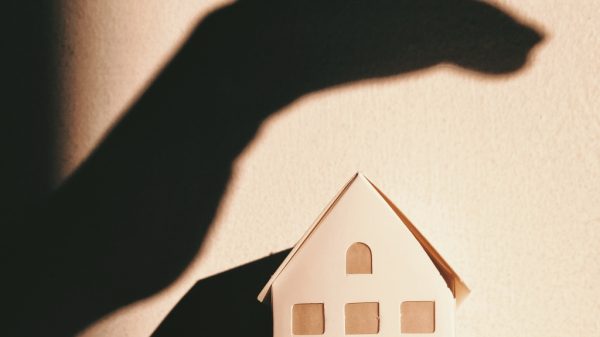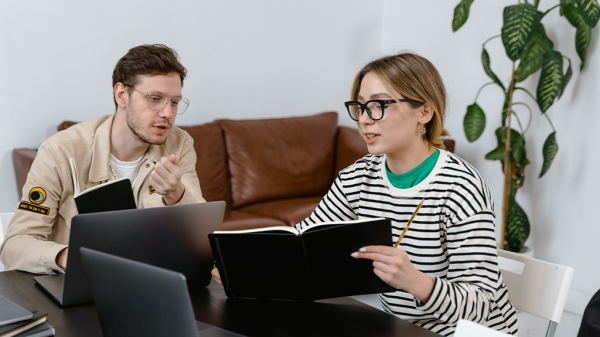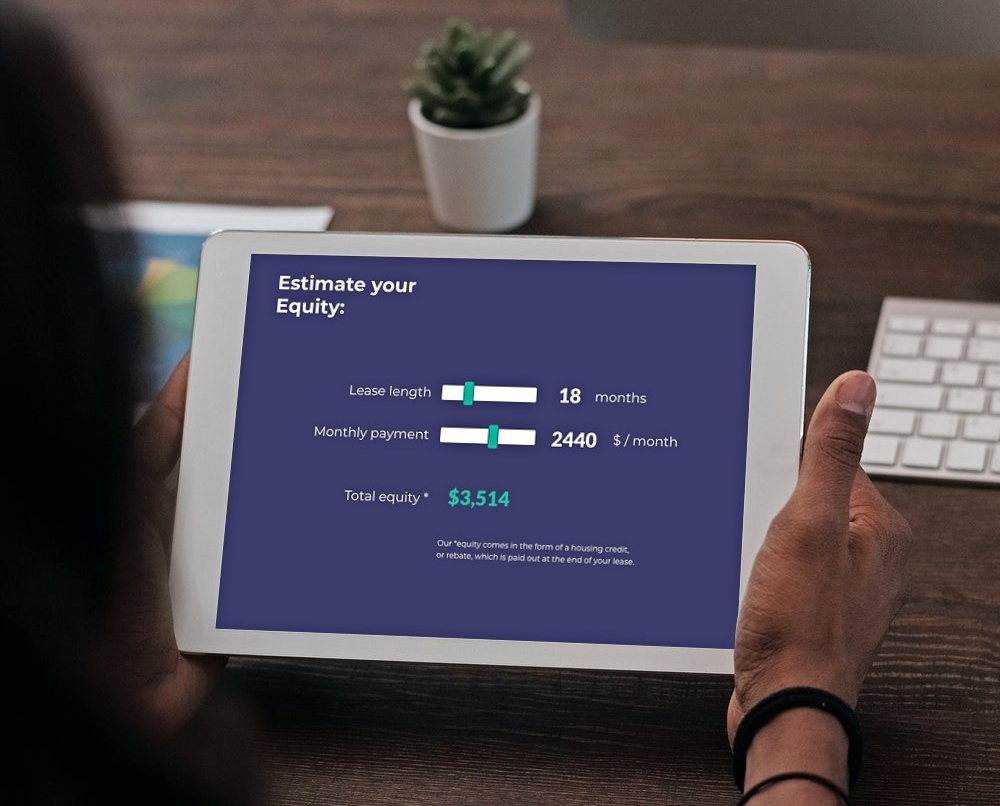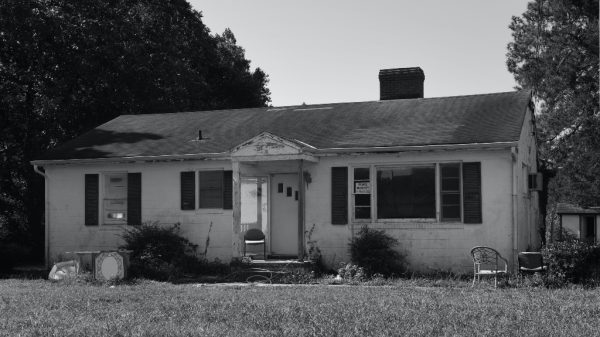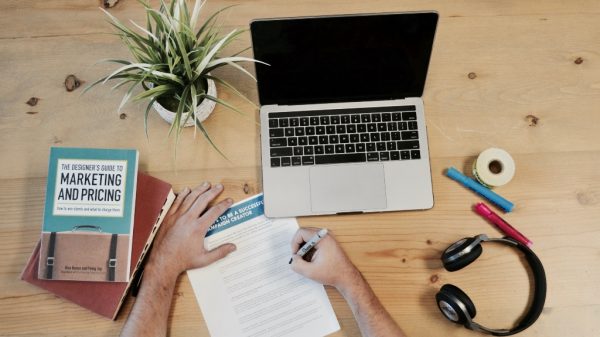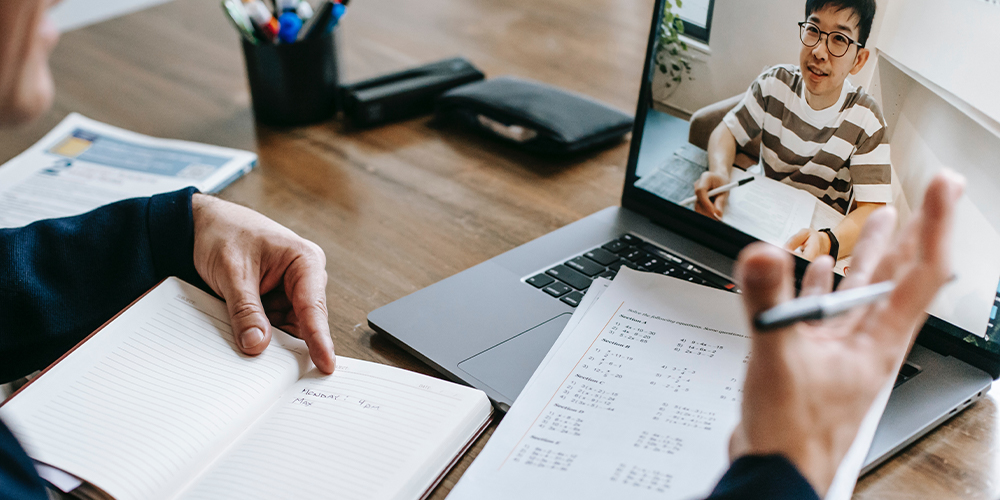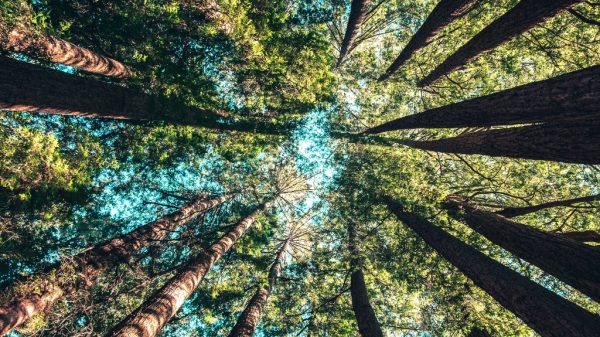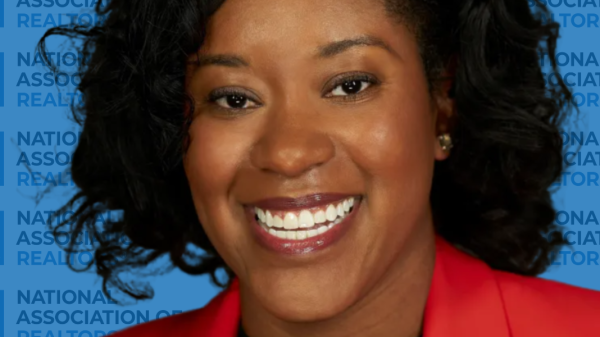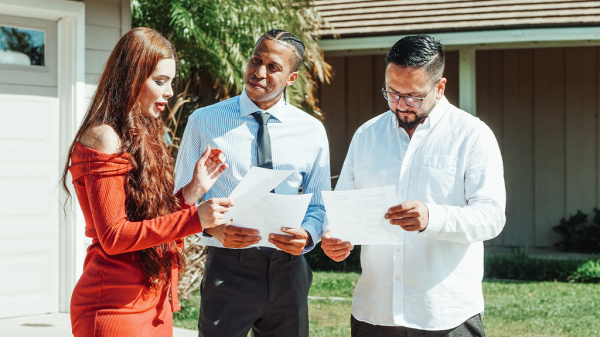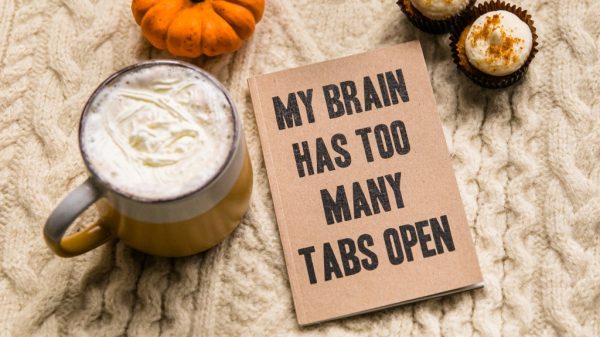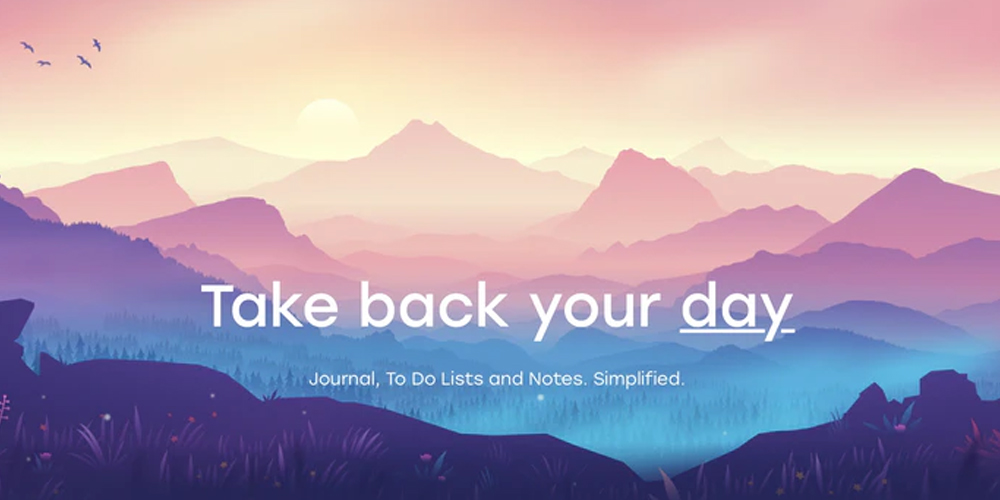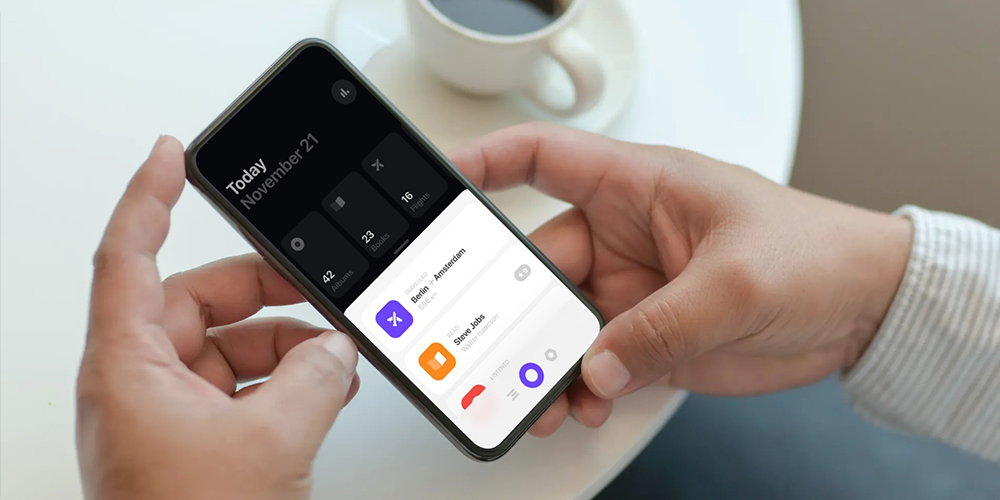“Navigate the world like a local”
“There is so much information on social media, but no one could make sense of it,” shares Lynden Foust, CEO of the new social layering platform, Spatial. Knowing this, Lynden and his team created Spatial so that everyone can “navigate the world like a local.” The app integrates over 30 social media sources to gather human-driven location based data. By just adding one simple line of code to a map, users of Spatial will have access to an incredible wealth of knowledge, created by people and machine-assisted analysis.
![]()
Success and partnerships
Spatial is a success story that came out of the Techstar Mobility Accelerator Program. Since then, they have earned $2 million in funding, relocated to Detroit and partnered with real estate and automotive companies to better integrate their data.
They currently work with Ford to integrate content from various social media resources based on GPS. The opportunities that came after the Techstar program helped Spatial focus their vision. According to member Griffin Morris, they are more “active in the network,” which allows them to connect with resources that otherwise seemed out of reach.
[clickToTweet tweet=”Spatial has the chance to create a hyperlocal platform accessible by anyone w/ the unique code.” quote=”With the funding they received, Spatial now has the chance to create a hyperlocal platform accessible by anyone with the unique code.”]
Adding a layer to maps
Spatial hopes to solve the problem of the lack of information provided by maps alone. With all of the information on social media including photos of local restaurants, tweets, recommendations, etc., you can gather all you need to know about a location before even visiting.
They make maps that go “beyond just a point of interest.”
Their goal is to change how people interact with data gathered from a map by adding on these social layers. However, like any integration from multiple sources, this leaves room for all information, good and bad. Although they use “machine-assisted analysis” to filter through the data, it is still unknown what kind of information will be available.
#Spatial
Natalie is a Staff Writer at The Real Daily and co-founded an Austin creative magazine called Almost Real Things. When she is not writing, she spends her time making art, teaching painting classes and confusing people. In addition to pursuing a writing career, Natalie plans on getting her MFA to become a Professor of Fine Art.
